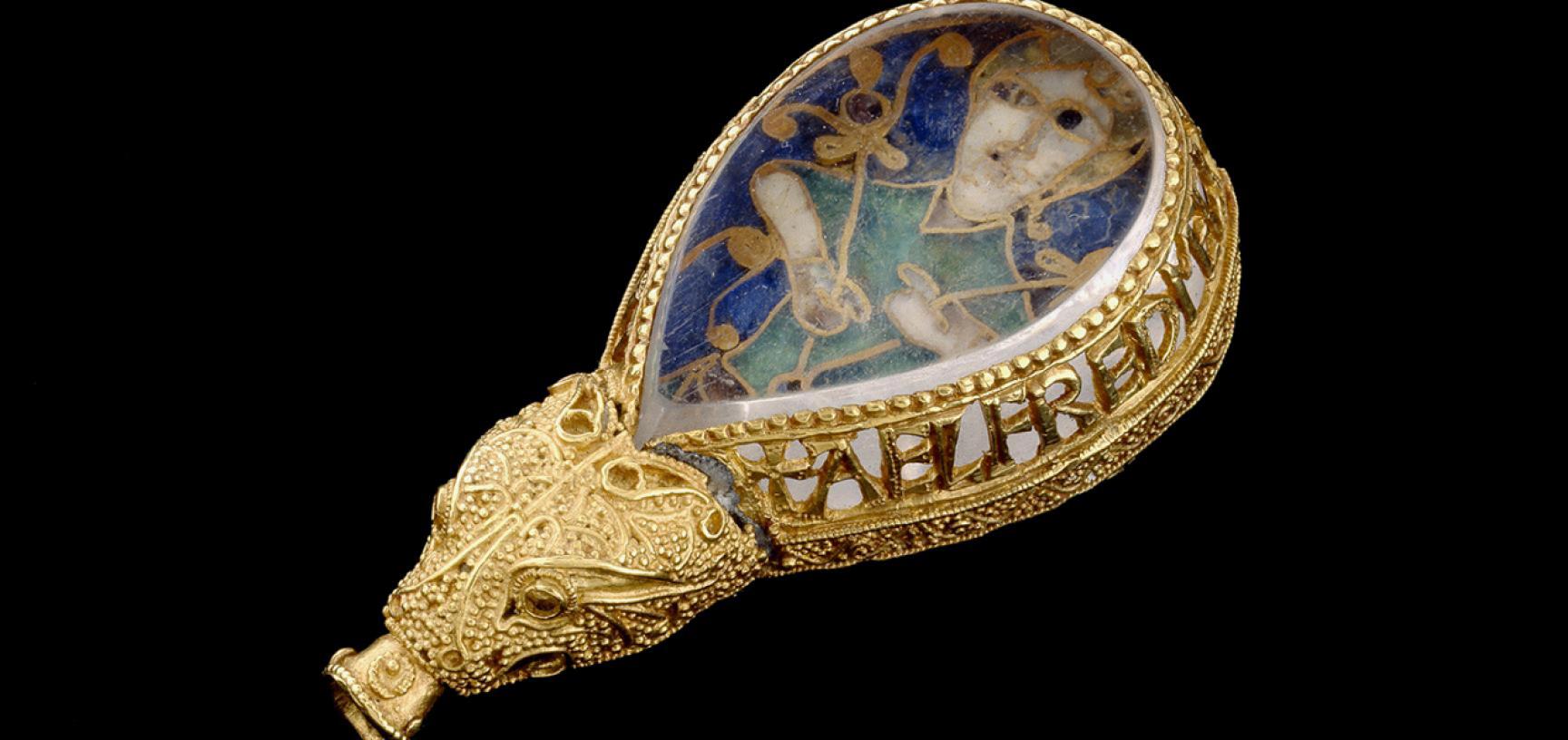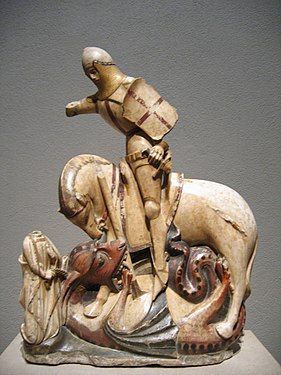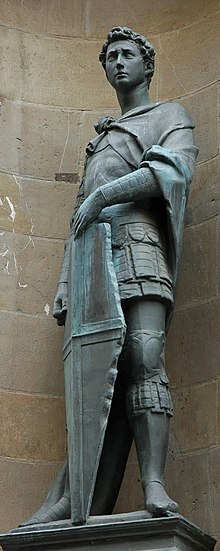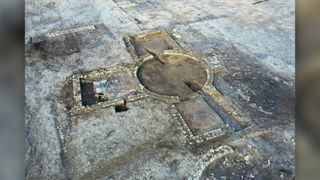Last year for May Fr Hunwicke suggested that in the circumstances of lockdown one could undertake a virtual pilgrimage to some of the pre-reformation Marian shrines of England..... based on a booklet once available at Walsingham. This was the work of Canon Colin Stephenson, onetime Vicar of ‘Mary Mags’ in Oxford and then Administrator of the Anglican Shine in Walsingham
after Fr Hope-Patten’s death. He based it on the research of Edmund Waterton in his Pietas Mariana Brittaniae. That fascinating resource is now available online and compliments the near contemporary work of Fr Bridgett. I posted about this, and the link through Waterton to Bishop Fleming in A Marian virtual pilgrimage with Fr HunwickeI followed this with a series of posts about many of these shrines, and learned a considerable amount in compiling them.
As this year is the 640th anniversary of King Richard II dedicating England as Our Lady’s Dowry it seems appropriate to post links to the posts I did write, to add where need be to them and to complete the series with others on those shrines which I did not write about.
Last year I ventured to add Our Lady of Worcester to the list and I hope also to add a few more this year - Tewkesbury, Allingtree, Boston, Sudbury, and something about restored medieval foundations of Catholic religious with a strong Marian devotion at Aylsford and Clare. I also aim to mention three surviving medieval statues of the Virgin from Stamford, Flawford, and Howden. I will attempt to write about these en route.
The route, if one attempted to follow it in reality, is somewhat curious as it meanders and lurches across the country. Today it would be very unsound environmentally in terms of its carbon footprint were one to attempt to drive it. Six or so centuries ago, even though we know people travelled more than is now commonly thought to have been the custom, it would be far from practical on foot or horseback or by boats along the waterways....
Although it is perhaps a dangerous thing to generalise it does rather look at an initial glance that geographically these centres of Marian devotion, whatever their date of origin, tend to be in lowland eastern and southern England. That is not to say that people in other areas did not have resort to the Virgin in their parish churches - they clearly did - but that centres of pilgrimage or regional devotion appear to lie in the south and east. There appear also to be regional variations - the three shrines lying to the north of London at Islington, Muswell and Willesden appear distinctive, as do the East Anglian rural ones of Winfarthing and Woolpit, not to ignore the relative remoteness of Walsingham, and the urban variants on that theme at Sudbury and at Our Lady at the Oak in Norwich. Why some shrines became regional or national centres of devotion must have depended upon a variety of factors. Some attempts to encourage pilgrims were supported by bishops with spiritual privileges, others were discouraged, but quite exactly what drew people to which statue or shrine is now difficult to ascertain. In any case Our Lady seems to have a proclivity for making her presence felt in otherwise obscure places, right down to Lourdes, Knock and Fatima ....
The suggestion is that each day one says the following prayer, including the appropriate title of Our Lady, and mentally travel to the shrine:
O most Blessed Virgin Mother of God, conceived without original sin, in mind and spirit I visit thy churches, altars, and shrines, venerated by our forefathers in this land once acknowledged as thy Dowry, but more especially today I wish to place myself before thy Shrine at ... ... ... , humbly seeking to be numbered amongst the pilgrims who have sought thee in this place and to receive through thy prayers those graces which have ever flowed from thy Sanctuaries.
1: Our Lady of Glastonbury.
2: Our Lady of the Undercroft in Canterbury Cathedral.
3: Our Lady of the Red Ark in York Minster.
4: Our Lady of Westminster (at the North door of the Abbey and in its Pew Chapel, and in Westminster Cathedral.
5: Our Lady of Grace at the Pillar in S Paul's Cathedral.
6: Our Lady at the Oak in Islington.
7: Our Lady of Willesden.
8: Our Lady of Muswell.
9: Our Lady of Oxford.
10: Our Lady of Grace at Cambridge.
11: Our Lady of Coventry.
12: Our Lady of Grace of Ipswich.
13: Our Lady of Thetford.
14: Our Lady of Woolpit.
15: Our Lady of Abingdon.
16: Our Lady of Pity in the Galilee at Durham.
17: Our Lady on the Bridge at Wakefield.
18: Our Lady of the White Friars in Doncaster.
19: Our Lady at the Pillar, St Edmundsbury.
20: Our Lady of Evesham.
21: Our Lady of the Four Candles at S Alban's.
22: Our Lady of Pity in the Rock at Dover.
23: Our Lady in the Park, near Liskeard in Cornwall.
24: Our Lady in the Wood, near Epworth in Lincolnshire.
25: Our Lady of Winchester.
26: Our Lady of Windsor.
27: Our Lady of Peace, at Winfarthing in Norfolk.
28: Our Lady of Ardenburgh, in the Church of S Nicholas in Yarmouth.
29: Our Lady at the Oak, in S Martin's, Norwich.
30: Our Lady on the Red Mount, King's Lynn.
31: Our Lady of Walsingham.
By the end of May or in June we might actually be able to go to visit some of these holy places....
Meanwhile let us in heart and mind go thither, and, like Chaucer’s pilgrims in the 1390s,
Whan that Aprille with his shoures soote,
The droghte of March hath perced to the roote,
And bathed every veyne in swich licóur
Of which vertú engendred is the flour;
Whan Zephirus eek with his swete breeth
Inspired hath in every holt and heeth
The tendre croppes, and the yonge sonne
Hath in the Ram his halfe cours y-ronne,
And smale foweles maken melodye,
That slepen al the nyght with open ye,
So priketh hem Natúre in hir corages,
Thanne longen folk to goon on pilgrimages,
And palmeres for to seken straunge strondes,
To ferne halwes, kowthe in sondry londes;
And specially, from every shires ende
Of Engelond, to Caunterbury they wende,
The hooly blisful martir for to seke,
That hem hath holpen whan that they were seeke.
Source: poetryfoundation










